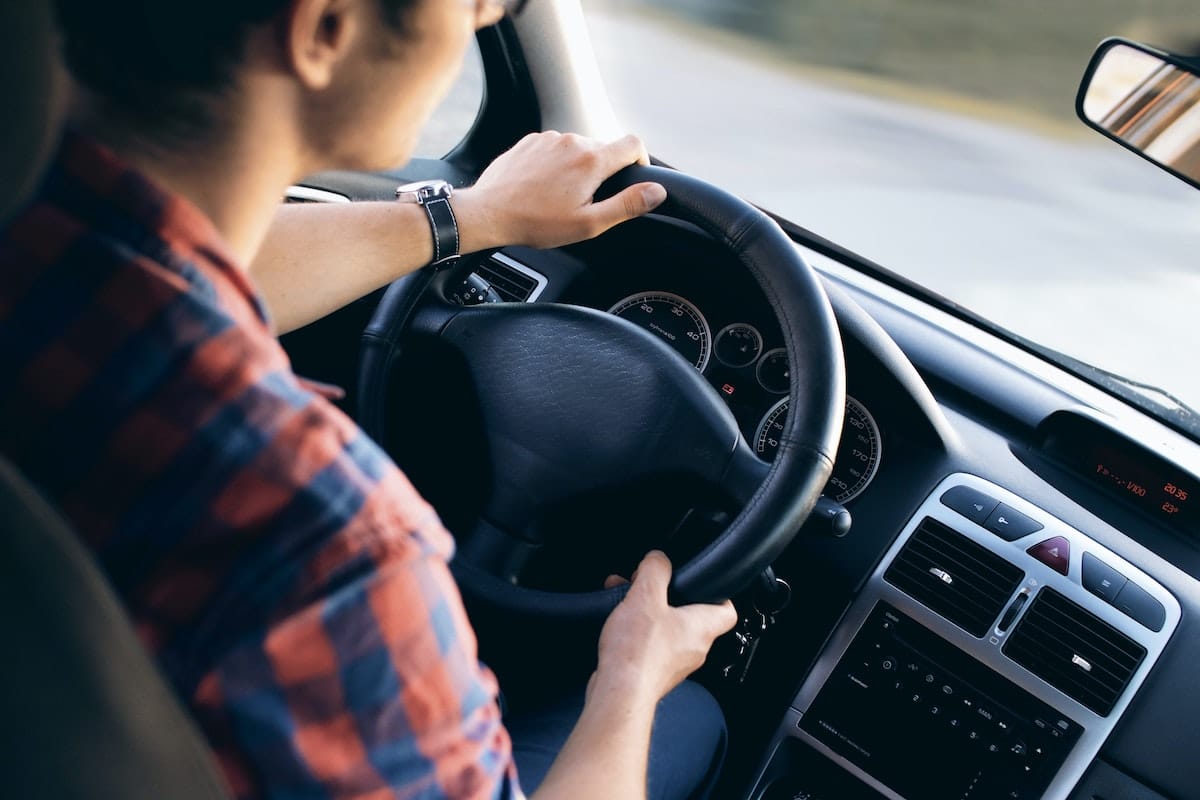Table of Contents
Millions of car accidents occur in the U.S. every year. So, it is a good idea to know what the procedure is if you are involved in an auto accident.
Knowing the right things to do after an accident becomes even more vital when your family is in the vehicle. Ensuring you all retreat to safety when no one is seriously injured is one of the most important things to do. Let us take a closer look at each of the steps you should take after a car accident.
Check for Injuries
Try to keep a clear head when you are involved in a car accident so that you can follow the proper procedure correctly and ensure your safety and the safety of your family.
The first thing you need to do after an accident is to check your injuries and the well-being of your family members.
If anyone is injured, call 911 or ask a bystander to call for you.
If you or any of your loved ones appear to be seriously injured, do not move. Moving could make the injury worse. Instead, unless it is more dangerous to stay where you are, wait for emergency services to arrive.
Make Calls
If you are not seriously injured, you should call the police anyway; irrespective of whether the accident is a major collision or a minor incident.
The police will document the scene of the accident and fill out an accident report, which can help you when it comes to filing a claim with your car insurance company.
You should notify your insurer of the accident as soon as possible. If you are able to, call your insurance agent from the scene of the accident, do so.
It is also a good idea to call a law firm that has expertise in vehicle accidents, like Finkelstein & Partners. You can gain invaluable advice as well as assistance in claiming compensation for things like medical bills and loss of earnings due to your injuries.
Get to Safety
If you and your family members are not seriously injured, retreat to safety. Move to a sidewalk or to the side of the road.
Then, if your vehicle is in a hazardous position, move it to the side of the road if you are able to. Turn off the engine and turn on the hazard lights.
Exchange Information and Document the Accident
As long as you are able to, you need to exchange contact and insurance information with the other driver and document the scene of the accident.
You should exchange information like full names and contact details, insurance company names and policy numbers, driver’s licenses and license plate numbers, the location of the accident, and the models and colors of the vehicles.
To help protect yourself and make the insurance claim process run smoothly, you should document the accident as best as you can. You should:
- Get the names and badge numbers of police officers.
- Ask the police officers where you can obtain a copy of the police report.
- Take detailed photographs of the scene and the vehicles, remembering to get close-ups of vehicle damage, shots from numerous angles, and photos of the other vehicle’s license plate.
- Get the names and contact details of witnesses.
The more you document the scene and get the details of those present, the easier it will be for your claim to be approved by your insurance company.
Having your claim approved could be crucial if you and your family members have injuries that require expensive medical treatment.


